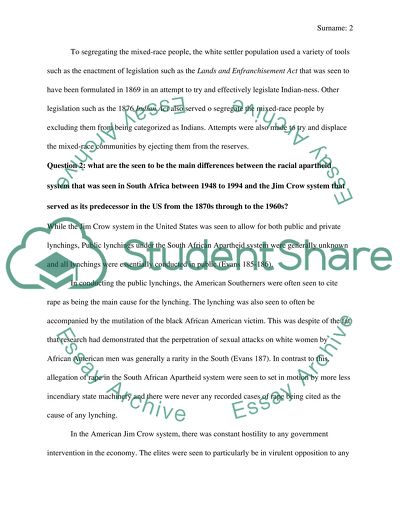Cite this document
(“Ethic Assignment Example | Topics and Well Written Essays - 2250 words”, n.d.)
Ethic Assignment Example | Topics and Well Written Essays - 2250 words. Retrieved from https://studentshare.org/sociology/1497949-ethic-assignment
Ethic Assignment Example | Topics and Well Written Essays - 2250 words. Retrieved from https://studentshare.org/sociology/1497949-ethic-assignment
(Ethic Assignment Example | Topics and Well Written Essays - 2250 Words)
Ethic Assignment Example | Topics and Well Written Essays - 2250 Words. https://studentshare.org/sociology/1497949-ethic-assignment.
Ethic Assignment Example | Topics and Well Written Essays - 2250 Words. https://studentshare.org/sociology/1497949-ethic-assignment.
“Ethic Assignment Example | Topics and Well Written Essays - 2250 Words”, n.d. https://studentshare.org/sociology/1497949-ethic-assignment.


